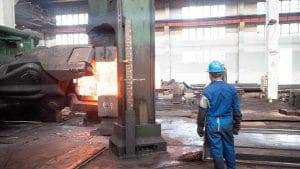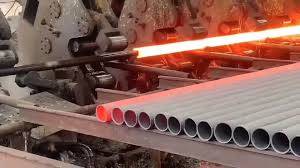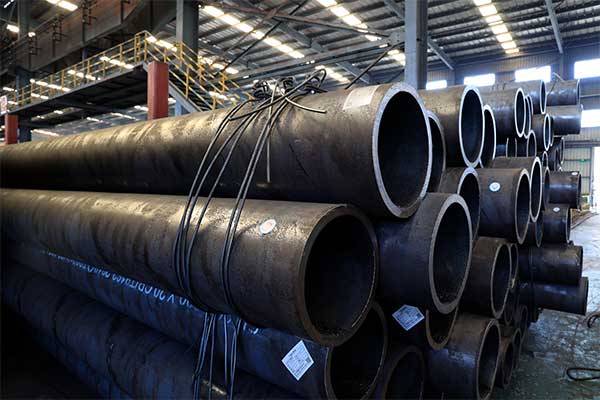Welcome to My Blog!
Before we dive into the content, I’d love for you to join me on my social media platforms where I share more insights, engage with the community, and post updates. Here’s how you can connect with me:
Facebook:https://www.facebook.com/profile.php?id=61559060896490
Now, let’s get started on our journey together. I hope you find the content here insightful, engaging, and valuable.
Introduction
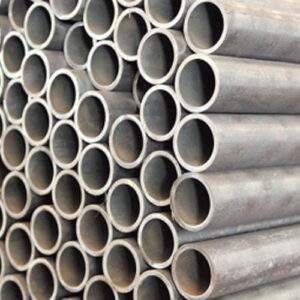
Galvanised steel pipes are widely used in various construction and industrial applications due to their durability and resistance to corrosion. Selecting the right galvanised steel pipe sizes is crucial for ensuring the integrity and functionality of your projects. This blog will explore the factors to consider when choosing sizes, common applications, and best practices for procurement.
Understanding Galvanised Steel Pipes
What Are Galvanised Steel Pipes?
Galvanised steel pipes are steel pipes that have been coated with a layer of zinc to prevent rust and corrosion. This protective layer enhances the pipe’s longevity and makes it suitable for both indoor and outdoor applications, including plumbing, construction, and scaffolding.
Benefits of Galvanised Steel Pipes
- Corrosion Resistance: The galvanisation process protects the steel from environmental factors, extending its lifespan.
- Durability: Galvanised steel pipes are strong and can withstand significant pressure, making them ideal for various applications.
- Cost-Effective: While initial costs may be higher, the long-term benefits of reduced maintenance and replacement make them economical.
Factors to Consider When Choosing Pipe Sizes
Application Requirements
Understanding the specific requirements of your project is the first step in selecting the appropriate galvanised steel pipe sizes. Different applications, such as plumbing, scaffolding, or structural support, may demand different specifications.
Diameter and Wall Thickness
When choosing galvanised steel pipe sizes, consider both the outer diameter (OD) and the wall thickness. The thickness affects the pipe’s strength and pressure rating, while the diameter influences flow capacity.
Pressure Ratings
Pipes must be able to withstand the pressure of the fluids or gases they will carry. Review the pressure ratings associated with different sizes and select a pipe that meets or exceeds your project’s requirements.
Compliance and Standards
Ensure that the galvanised steel pipes comply with industry standards and local regulations. Common standards include ASTM, ANSI, and ISO, which dictate various aspects of pipe manufacturing and performance.
Length of the Pipe
Galvanised steel pipes come in various lengths, typically ranging from 6 to 21 feet. Choose a length that minimizes the need for joints and fittings, as these can weaken the structure.
Common Galvanised Steel Pipe Sizes
Standard Sizes and Applications
Below is a table outlining common galvanised steel pipe sizes and their typical applications:
| Pipe Size (Inches) | Outer Diameter (mm) | Wall Thickness (mm) | Typical Applications |
|---|---|---|---|
| 1/2″ | 21.3 | 2.0 | Plumbing, gas lines |
| 3/4″ | 26.9 | 2.0 | Water supply, heating systems |
| 1″ | 33.7 | 2.6 | Structural support, fencing |
| 1.5″ | 48.3 | 3.2 | Scaffolding, railings |
| 2″ | 60.3 | 3.2 | Industrial applications |
| 3″ | 88.9 | 3.6 | Heavy-duty applications |
| 4″ | 114.3 | 4.0 | Large water supply lines |
How to Measure Galvanised Steel Pipe Sizes
Measuring Techniques
To ensure accurate measurements of galvanised steel pipes, follow these guidelines:
- Use Calipers or a Measuring Tape: Measure the outer diameter and wall thickness with precision tools.
- Account for Coating: Remember that the galvanised coating adds thickness. Measure the bare pipe first if possible.
- Check Standard Sizing Charts: Use industry-standard sizing charts to correlate your measurements with standard sizes.
Calculating Flow Rates
For applications requiring fluid transport, it’s important to calculate the flow rates based on the pipe diameter. A larger diameter typically allows for greater flow rates, so consider the specific needs of your project.
Installation Considerations
Preparing for Installation
Before installing galvanised steel pipes, consider the following steps:
- Gather Necessary Tools: Ensure you have the right tools, including pipe wrenches, saws, and fittings.
- Check Alignment and Leveling: Proper alignment and leveling are essential for maintaining flow and structural integrity.
- Plan for Expansion: Pipes can expand and contract with temperature changes, so allow for this in your installation.
Common Installation Techniques
- Threading: Use threading for connections, especially in plumbing applications.
- Welding: For structural applications, welding may provide a stronger joint.
- Fittings: Use appropriate fittings for different angles and connections to ensure a secure installation.
Maintenance and Care
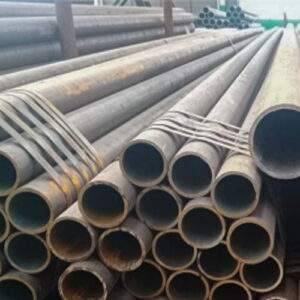
Routine Inspections
Regular inspections of galvanised steel pipes can help identify potential issues such as rust or wear. Look for signs of corrosion, leaks, or mechanical damage during inspections.
Cleaning and Preservation
To maintain the integrity of galvanised steel pipes:
- Clean Regularly: Remove any debris or buildup that may affect performance.
- Use Protective Coatings: For outdoor applications, consider applying additional protective coatings to enhance corrosion resistance.
Conclusion
Choosing the right galvanised steel pipe sizes is crucial for the success of any project. By considering application requirements, pipe dimensions, pressure ratings, and installation techniques, you can ensure optimal performance and longevity. Investing time in proper selection and maintenance will yield significant benefits in terms of durability and cost-effectiveness.
FAQ
What are the most common uses for galvanised steel pipes?
Galvanised steel pipes are commonly used in plumbing, gas lines, structural applications, fencing, and scaffolding.
How do I know what size pipe I need?
Determine your application’s requirements, including flow rates, pressure ratings, and any specific industry standards that apply.
Are there different grades of galvanised steel?
Yes, galvanised steel can come in different grades, affecting its corrosion resistance and strength. Be sure to choose the appropriate grade for your application.
Can galvanised steel pipes be welded?
Yes, galvanised steel pipes can be welded, but it’s important to remove the galvanised coating from the area to be welded to ensure a strong joint.
How do I maintain galvanised steel pipes?
Routine inspections, regular cleaning, and applying additional protective coatings can help maintain the integrity and longevity of galvanised steel pipes.

